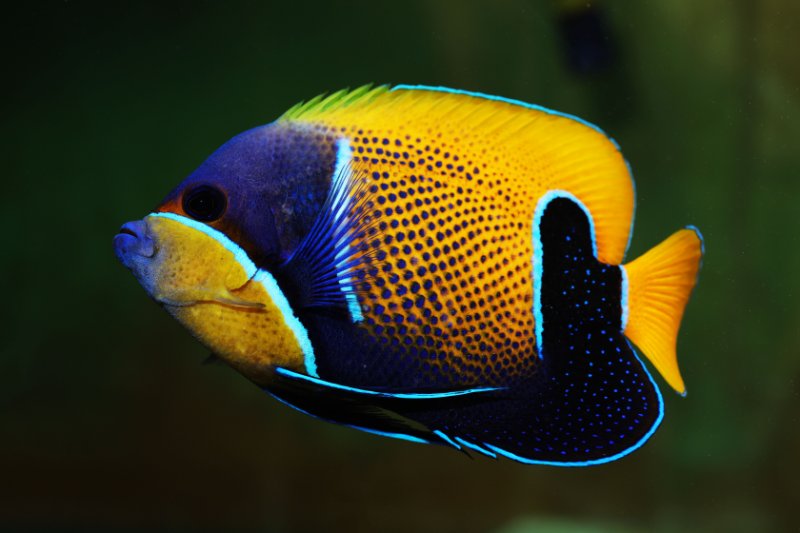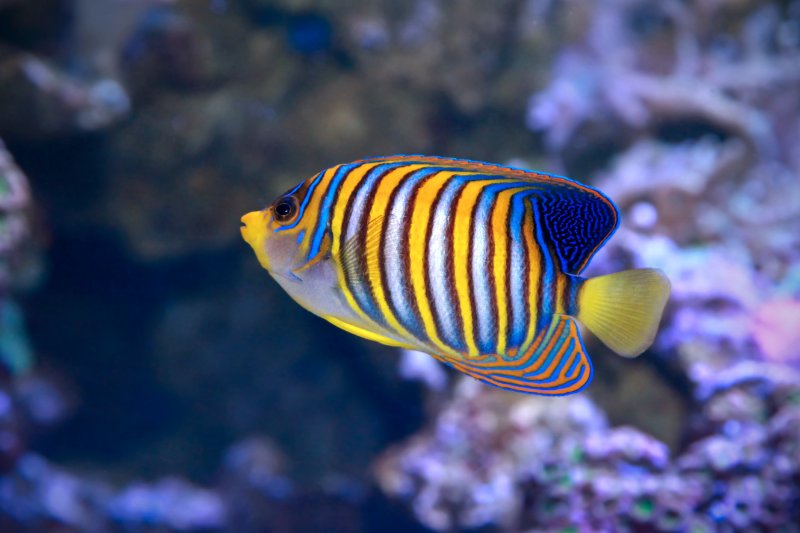“The Captivating Beauty and Grace of Marine Angelfish: A Complete Guide”
“`
Cherished for their remarkable appearance and gentle grace, Marine Angelfish are a real spectacle in the aquatic world. Primarily found in tropical oceans like the Atlantic, Pacific, and Indian Oceans, these radiant fish are a visual delight with their flat, disc-shaped bodies and exquisite triangular fins.
Marine Angelfish vs. Freshwater Angelfish
Though similar in appearance, Marine and Freshwater Angelfish are disparate species. In fact, closer kin to Marine Angelfish is the butterfly fish. Importantly, they cannot share the same aquarium due to the dramatic difference in their survival habitats; the former flourishing in saltwater while the latter prefers freshwater. Yet their shared beauty and variety of species – about 70 to 80 in the case of marine and close to a hundred for freshwater, makes them favorites among aquatic enthusiasts.
Feeding and Breeding
Marine Angelfish embrace a diverse diet, feeding on smaller fish, various sea animals, and plants, with sponges being their top preference. Their robust nature enhances their survivability in controlled environments. However, surprisingly, breeding them in captivity has been found virtually impossible, probably due to their scatter-type spawning method.
Different species of Marine Angelfish exhibit size variations ranging from less than 6” to almost 2′ in length. Despite their captivating presence, introducing another Angelfish in the aquarium is generally not advisable due to their territorial nature.
Magical Color Transformations
In a fascinating display of natural magic, some Marine Angelfish species undergo dramatic color transformations as they mature. An exemplary case is the Gray Angel that, despite its misleading juvenile black with yellow stripes look, evolves into a clear gray as it grows into adulthood. Others bloom from a rather drab beginning into stunningly colorful specimens at the peak of their lives.
Popular Marine Angelfish Species
While choosing your Marine Angelfish, consider the following popular and hardy species:
- Queen Angels
- Blue Angels
- Emperor Angelfish – though quite pricey, their durability stands out.
Each species brings its unique charm to your aquarium, including even the seemingly mundane gray ones.
Enhance Your Understanding
Expand your knowledge and enrich your aquarium with other captivating species by exploring the following resources:
“`

